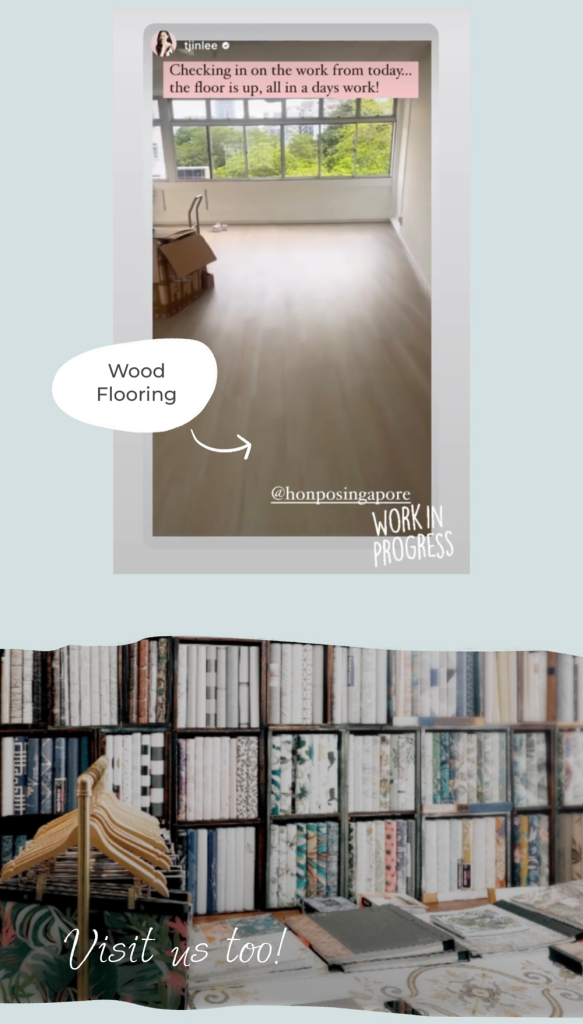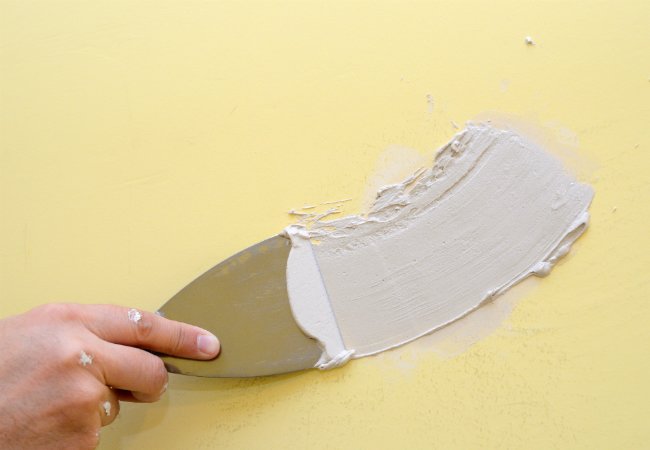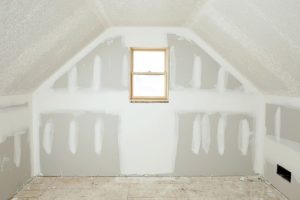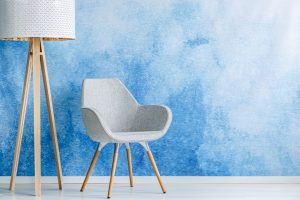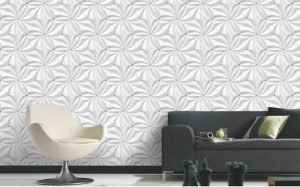Introduction
Preparing your room for wallpaper can be a simple or more complicated process depending on the current condition and surface type of the walls. Painted drywall is fairly easy to prepare with a quick wash and a coating of primer/sealer. Older walls, or walls that have wood paneling or other types of alternative surfaces, may take a little more work.
Follow the right steps so that the wallpaper can be installed neatly and nicely on your wall!
The best way to ensure your wallpaper will stick well to your walls is to finish any prep with a coat of primer or acrylic measure. Applying an acrylic or sizing primer to your walls is like creating an entirely new surface on which your wallpaper can most effectively adhere. In addition, the benefits can protect the walls from moisture adhesive wallpaper that can cause the walls to weaken or be exposed to mold growth.
Installing Wallpaper in Singapore Homes
Advanced dry partition wall has emerged as the new focus to modern technology in Singapore homes. The major developers have led the industry into using dry partition walls between rooms in their residential projects. The constant improvement in performance for plasterboard to suit the use in residential projects has ensured that such wall system now meets high level specifications in the areas of acoustic insulation, thermal insulation and resistance to fire and damp conditions. Besides meeting statutory functional requirements such as fire ratings, the heavy duty drywalls are able to resist high impact and support loads such as televisions and cabinets.
Performance-wise, the system is suitable for severe duty usage, having passed the strength and robustness tests such as: Stiffness, Door Slam, Impact, Heavyweight Anchorages tests, in accordance to Singapore Standard SS492:2001. Highest performance drywall tested to heavy standards in strength and capable of withstanding a minimum load of 25 kg at any point. The fire rating for the board is about 1 hour which satisfies the fire safety requirement for residential buildings.
Despite the “heavy duty” label, the drywalls are lightweight (about 10-15% the weight of conventional brickwalls); allowing designers to adopt lighter structures, which results in savings in foundations cost. The drywall system is slimmer than conventional brickwalls, thus creating more usable space for the rooms.
Basic Tips for All Kinds of Walls
The most important step before applying a primer and hanging wallpaper is to make sure that the wall surface is clean, dry and sound. Always remember that you will be using a water-based adhesive to hang the wallpaper which puts stress on the wall surface as the adhesive cures and the wallpaper shrinks or contracts. If the wall surface is not sound, adhesion failure will occur.
- Remove all switch plates, outlet plates and wall fixtures that are not permanent. If removing any type of electrical obstacle, remember to disconnect the source of electricity.

- The wall surface should be cleaned, dry, structurally sound and free of grease, mildew or other stains.

- Ball-point ink, grease, lipstick, crayon or any foreign contamination should be cleaned with a stain killer primer/sealer to prevent any bleeding of the mark through the wallpaper. Marking pen inks must be removed from the wall.
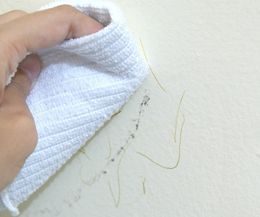
- Mildew should be cleaned from the wall surface with a solution of two cups household bleach per gallon of water. Rinse and allow to dry. Any mildew stains should be sealed with a good quality stain killer/primer, and any exterior and/or in-wall source of the moisture that may promote mildew growth must be eliminated.
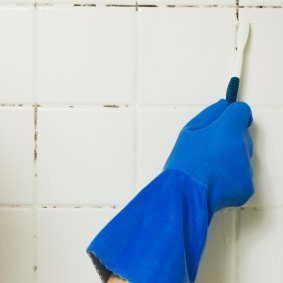
- Any loose paint must be removed from the wall. Glossy and semi-gloss paint should be sanded to dull the surface and a coat of adhesion promoting primer applied prior to the installation of wallpaper.
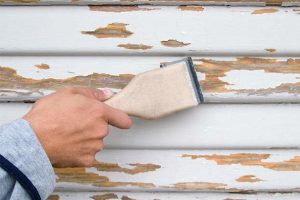
- Any wall irregularities should be corrected with either spackling, drywall compound or other wall repair materials.

Special Considerations:
Drywall:


